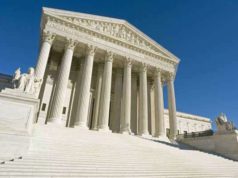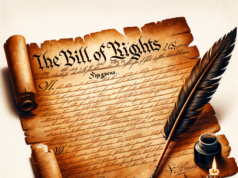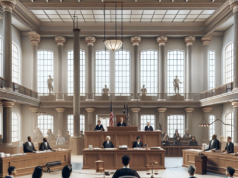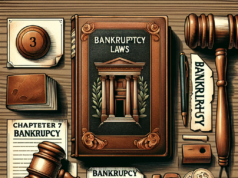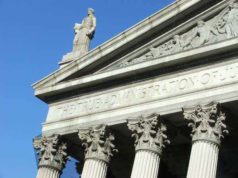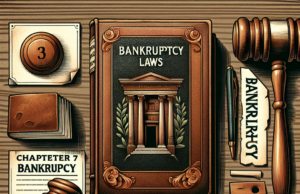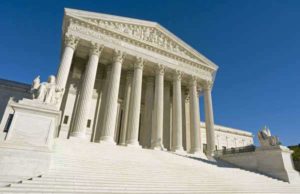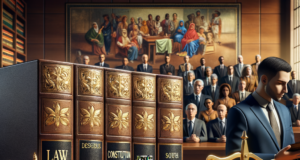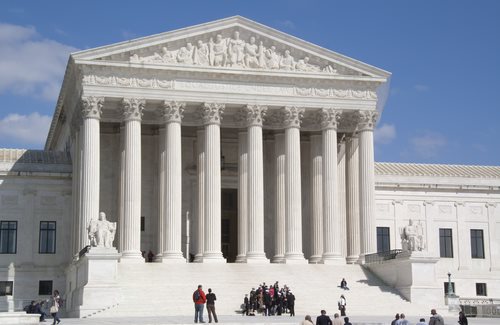
What is a Supreme Court?
The Supreme Court of the United States is regarded as the
highest court in the nation. Judgments or rulings in the Supreme Court cannot
be subsequently reviewed. As a result of this classification, the Supreme Court
in the United States possesses ultimate appellate jurisdiction over all State
and Federal courts within the country. In addition, the Supreme Court of the
United States possesses original jurisdiction, albeit over a limited range of
cases.
The Supreme Court meets in Washington, D.C. and is composed of a
Chief Justice and eight Associated Justices, who are each nominated by the
President of the United States and subsequently confirmed by the U.S. Senate.
Once appointed, each Justice will maintain lifetime tenure unless the
individual is removed following an impeachment order handed down by the House
of Representatives. The impeachment must also be affirmed by the U.S.
Senate.
What does a Supreme Court Justice Do?
The United States Supreme Court is the official head of the Government’s
judicial branch. The dominating purpose of the Supreme Court is to ensure that
the laws and decisions rendered by lower court systems in the United States are
in alignment with the country’s Constitution. If a law or previous judgment is
ruled unconstitutional or archaic, the Supreme Court has the ability to ratify
the previously-rendered decision.
In the United States, there are two types of legal systems: Federal
and State. As a result, each State of America has its own body of laws and
coordinating court system.
In addition, each State also contains its own Supreme
Court. Similar to the Federal system of laws, a State Supreme Court is
responsible for ensuring laws and decisions based on the particular State’s Constitution.
The individuals, who preside over these matters in both the Federal and State
system are the Supreme Court Justices.
The first duty of a Supreme Court Justice is to decide which
legal matters should be considered by the Supreme Court. This evaluation
process is offered by determining whether or not the proposed cases contain
questions revolving around Constitutional violations or interpretations.
The
majority of cases that come before the Supreme Court are appeals, meaning the
cases were previously heard and subsequently decided by the system’s lower
courts. That being said, the Supreme Court may only reconsider those appeals
that directly involve a State or Federal Constitution.
History of the Supreme Court
The history of the Supreme Court is organized based on era. These
particular eras are named after the Chief Justice of that particular time
frame. The earliest Courts within the Supreme Court were run under Chief
Justices Rutledge, Jay and Ellsworth during 1789-1801. At this time, the
Supreme Court heard few cases. Furthermore, the Court initially lacked a home
and any sense of real prestige.
The Supreme Court, and the prestige or reputation attached,
dramatically altered during the Marshall Court (1801-1835). During this era,
the Supreme Court was declared the supreme arbiter of the United States
Constitution. The Marshall Court made several important rulings which gave
shape and substance to the Constitutional balance of power between the Federal Government
and the states.
As time passed, the Supreme Court gained administrative and
authoritative power and through its numerous court decisions, laid the
interpretative framework off of which the United States Constitution was built.
Presently, during the Roberts Court, the Supreme Court has dealt with many
issues concerning anti-trust legislation, abortion, the death penalty, the
Fourth Amendment, free speech of high school students as well as government
employees, military detainees, voting rights, school desegregation, and
campaign financing.


